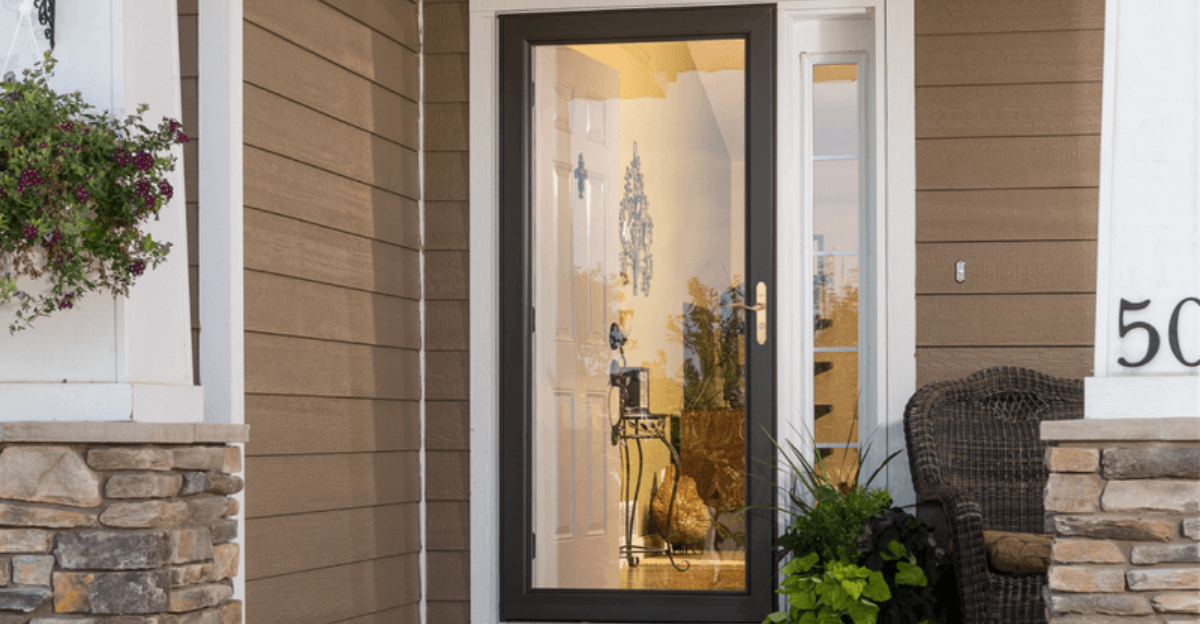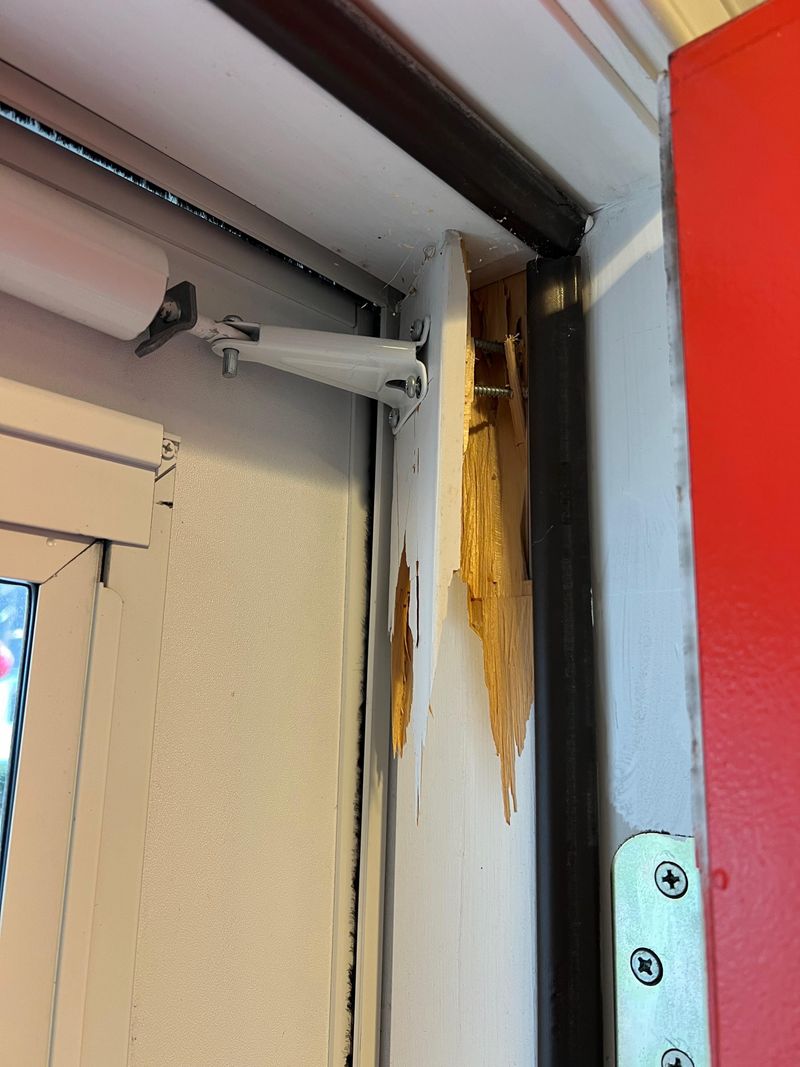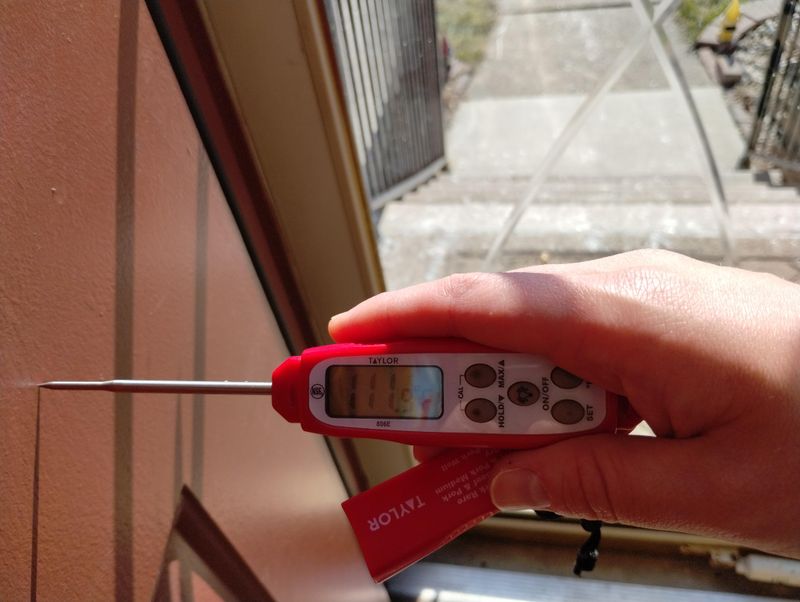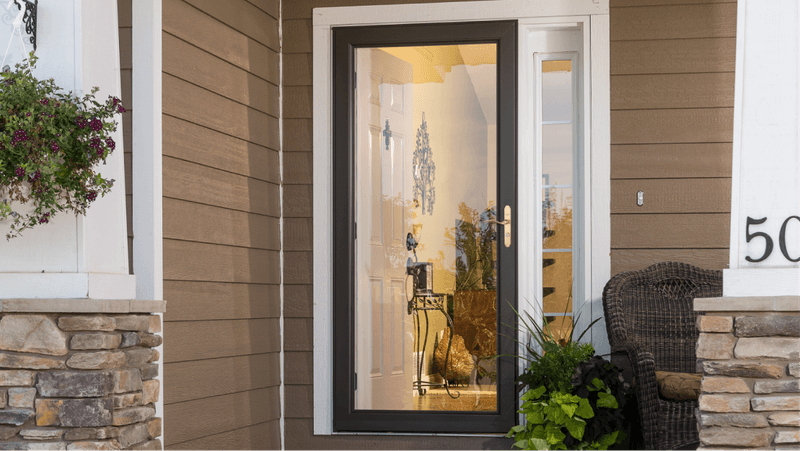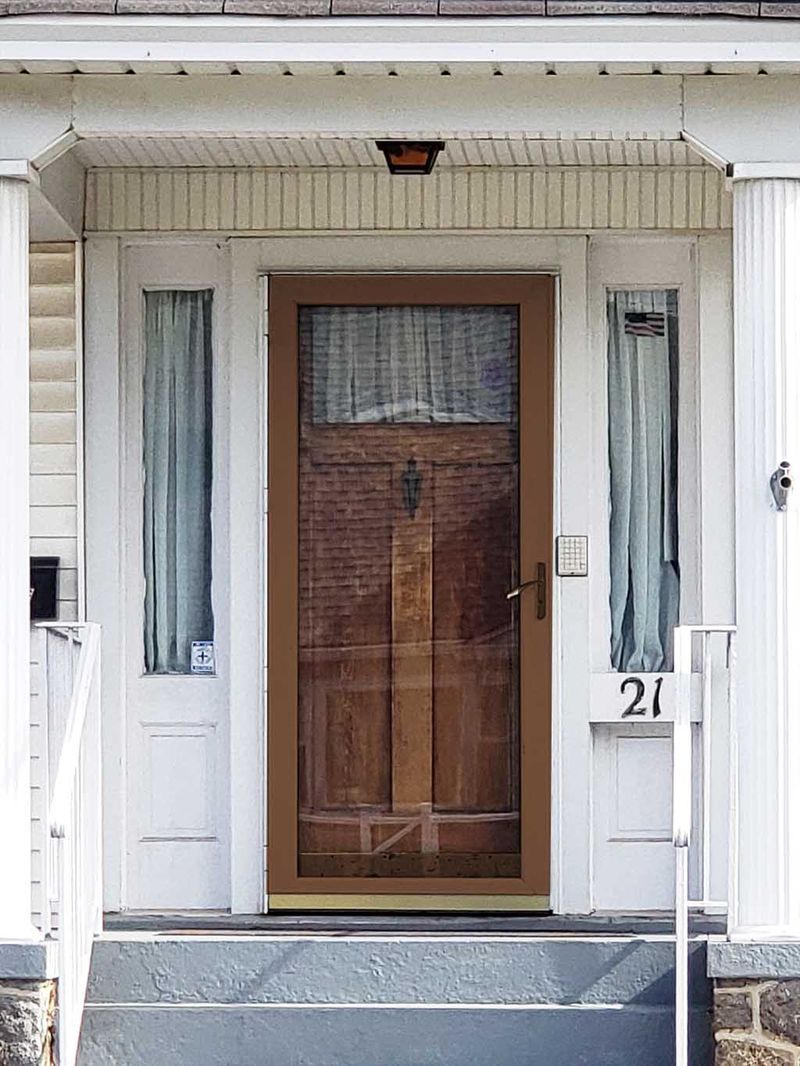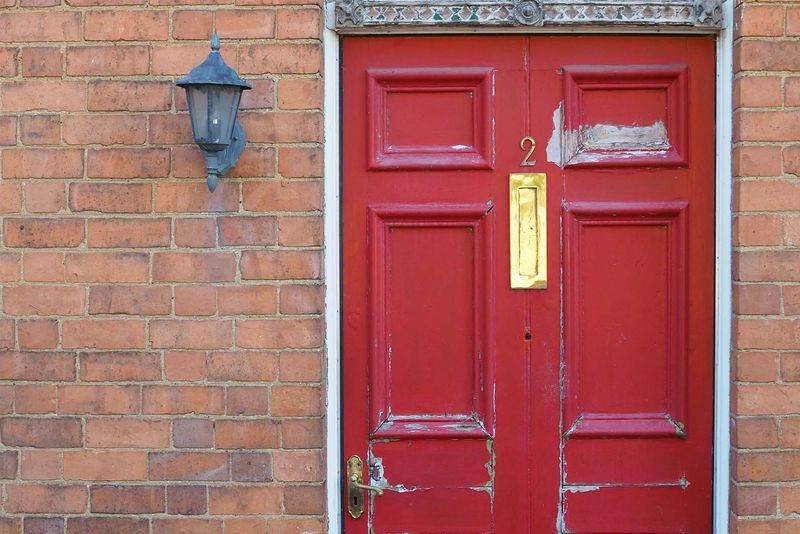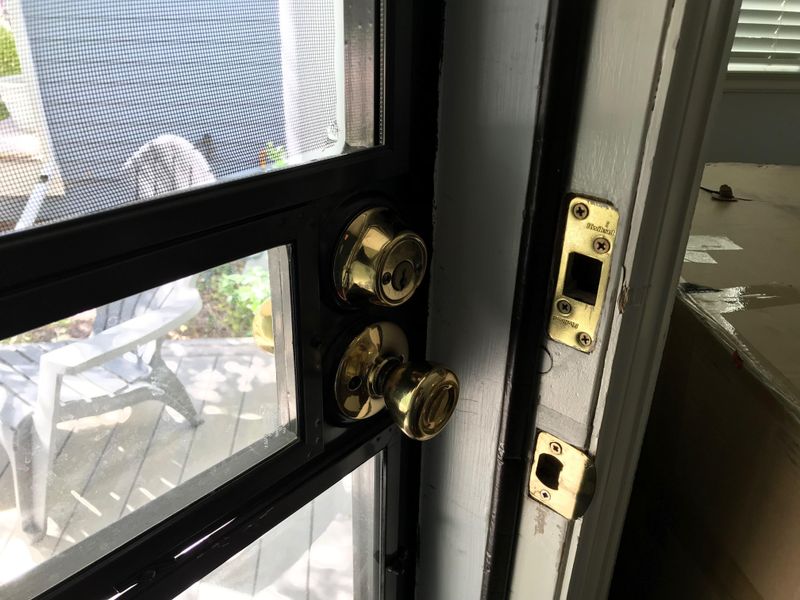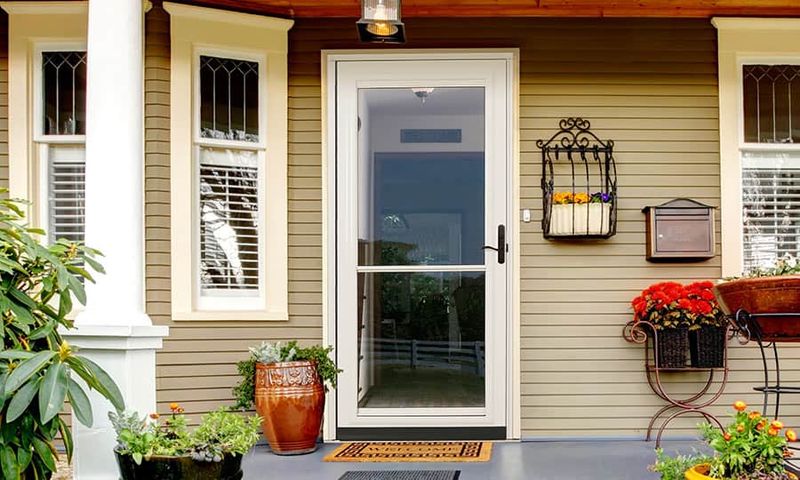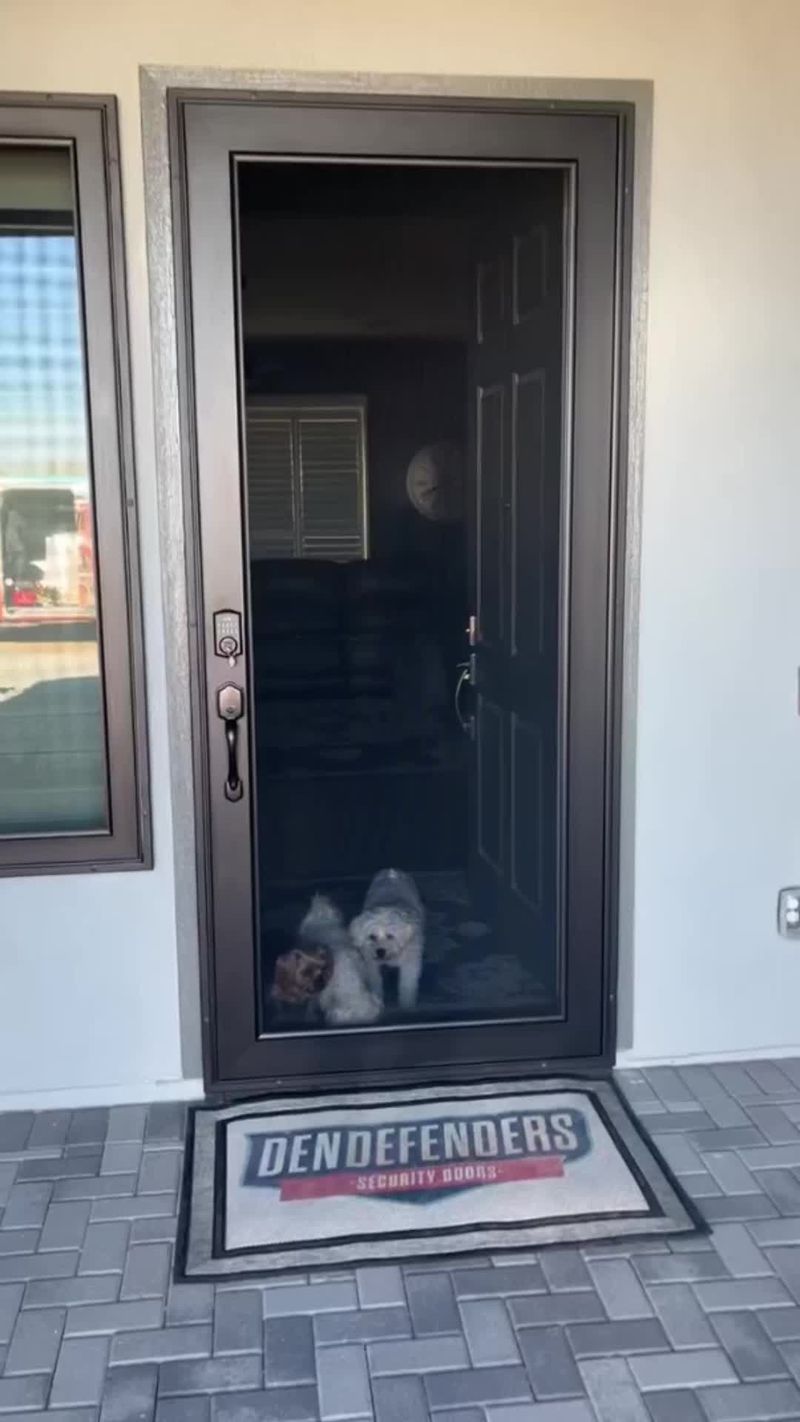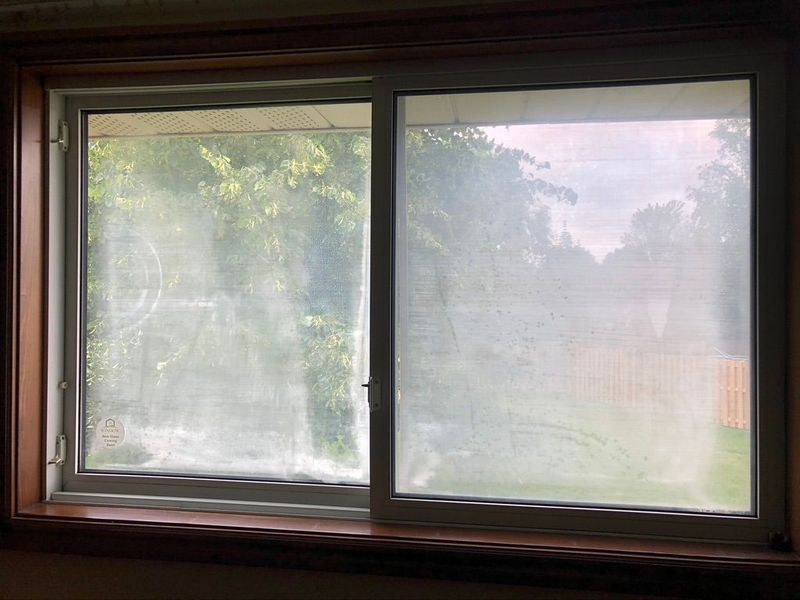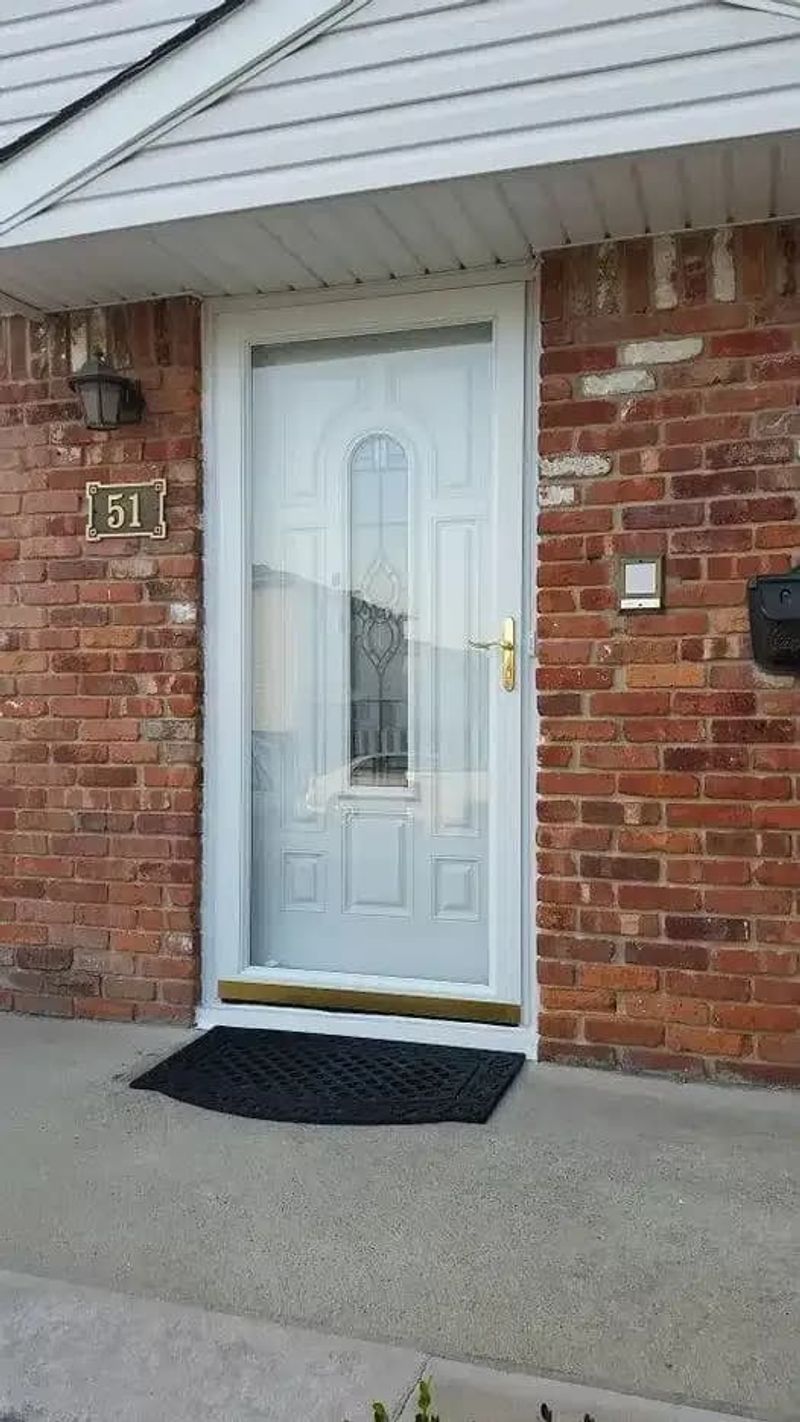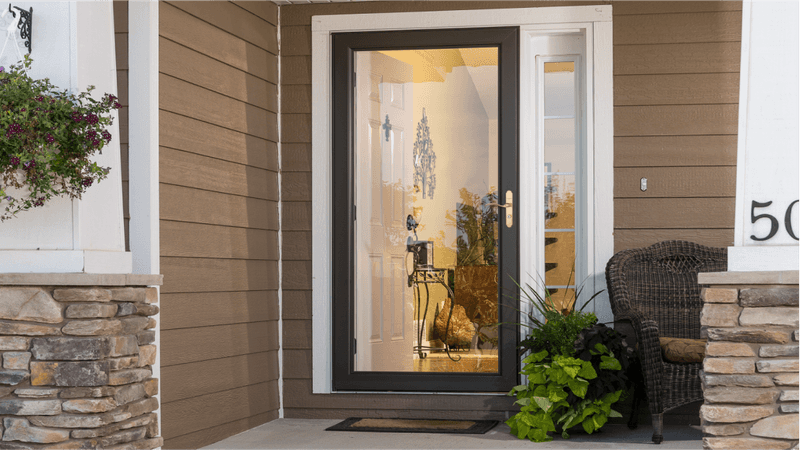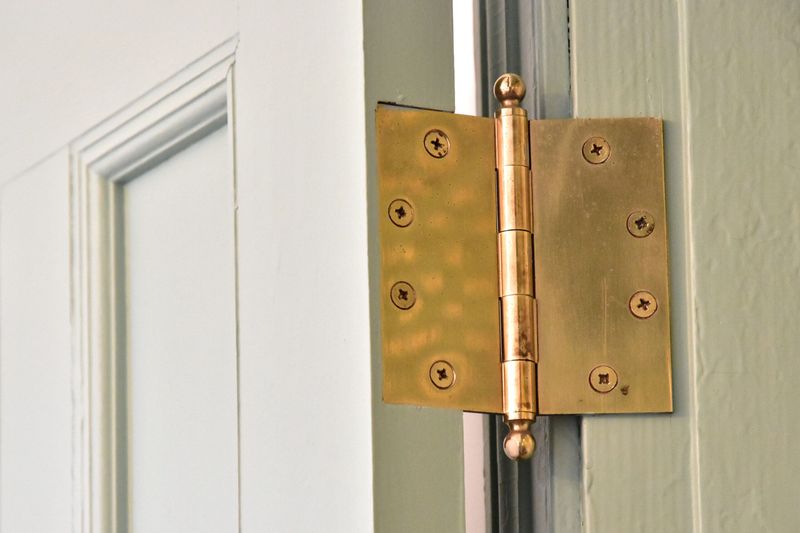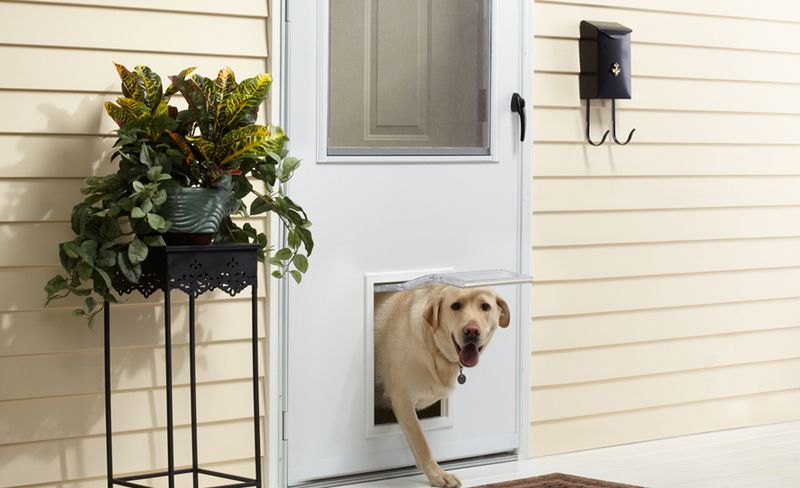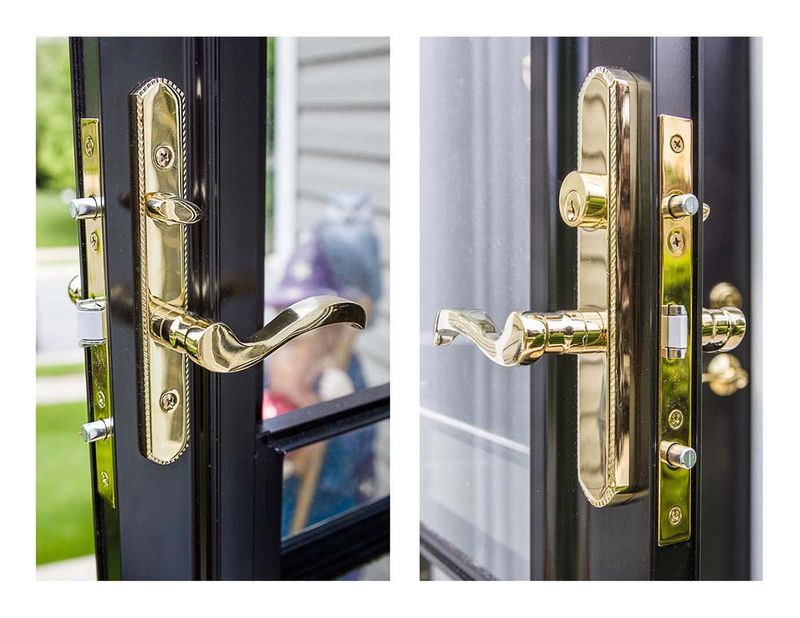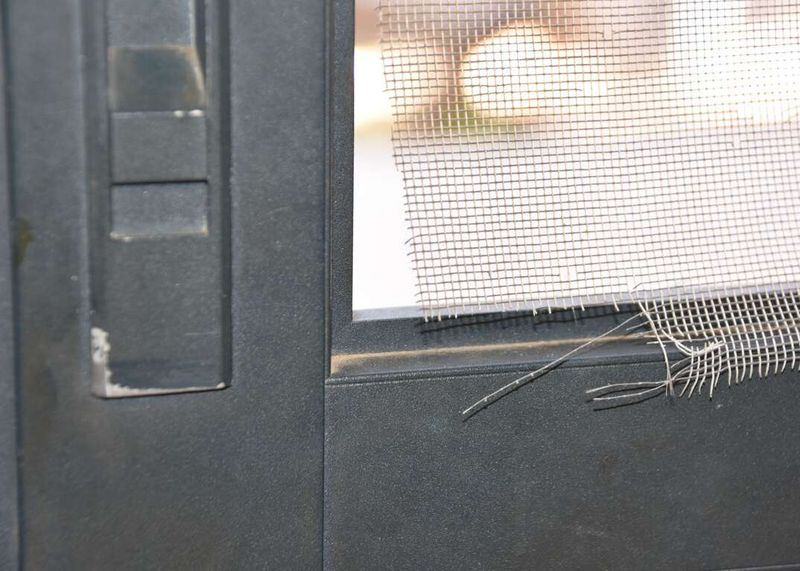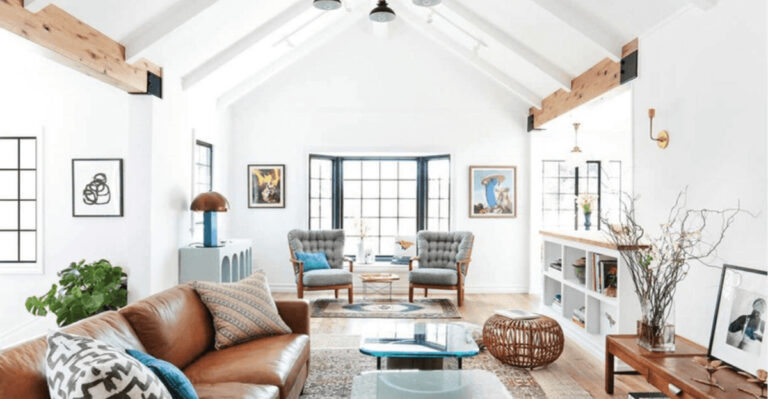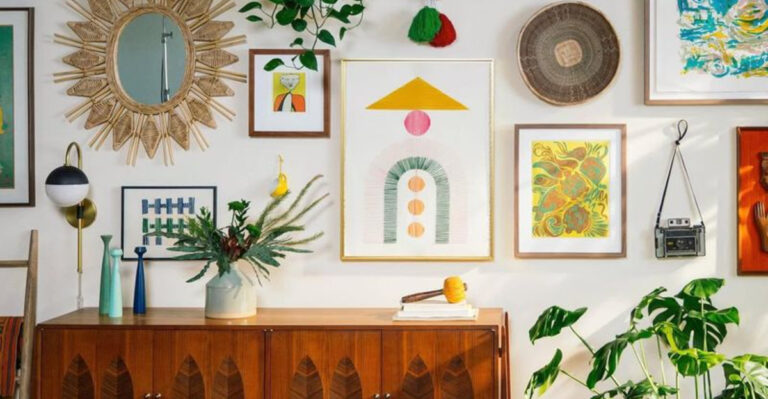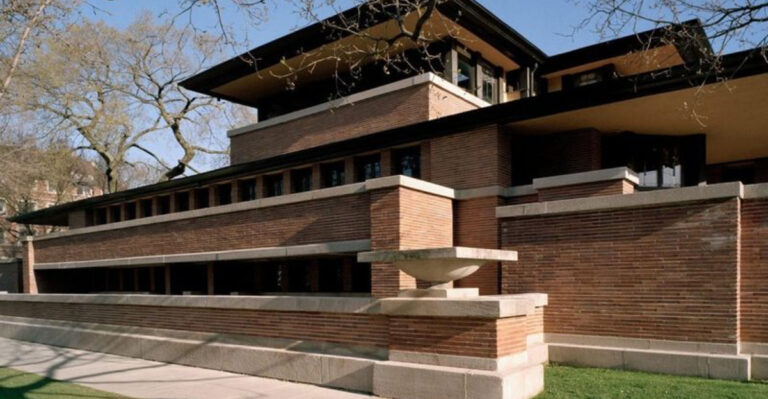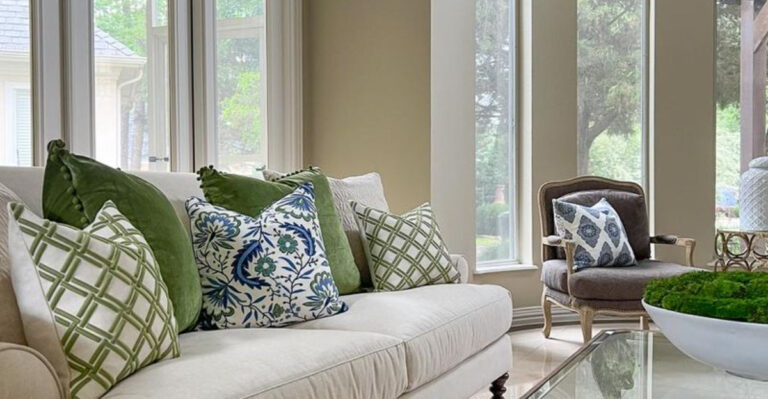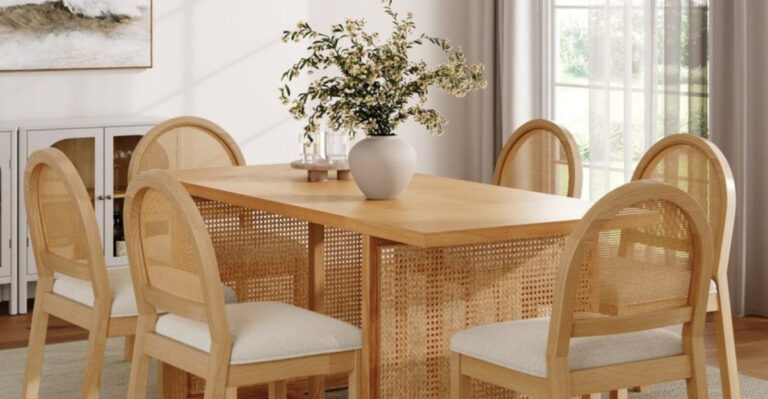15 Downsides That May Make You Reconsider Installing A Storm Door
Thinking about adding a storm door to your home? While these extra doors can offer protection from harsh weather and improve energy efficiency, they’re not always the perfect solution for every home.
Before you make the investment, it’s worth knowing some potential drawbacks that might change your mind.
Take a look at these 15 reasons that might make you think twice about installing a storm door.
1. Extra Maintenance Headaches
Forget about carefree entryways once you install a storm door. You’ll need to regularly clean both sides of the glass, lubricate hinges, and check weatherstripping—essentially doubling your door upkeep.
Over time, handles loosen, closers need adjustment, and screens tear. For busy homeowners, this additional maintenance can quickly become an unwelcome chore on your to-do list.
2. Greenhouse Effect Troubles
During sunny days, your storm door can transform into an unexpected heat trap. The glass panel creates a greenhouse effect between your main door and the storm door, potentially causing temperatures to soar above 200°F!
This intense heat can warp, crack, or even melt parts of your main door, especially if it’s made of vinyl or has decorative plastic elements. The damage often isn’t covered under warranty.
3. Significant Upfront Investment
Quality doesn’t come cheap when it comes to storm doors. A decent model starts around $200, but once you add premium features like tempered glass or special finishes, prices can quickly climb past $500.
And that’s just for the door itself! Professional installation typically adds another $200-400 to your bill. Many homeowners are shocked to discover their “simple” storm door project ends up costing nearly $1,000 all-in.
4. Clashing Home Aesthetics
Your carefully chosen front door makes a statement about your home’s character. Adding a storm door can completely disrupt that visual appeal, especially on historic or architecturally distinctive homes.
The metallic frames and hardware often clash with traditional wooden doors. Even with color-matching options, the additional door creates a layered look that many design-conscious homeowners find distracting and visually cluttered rather than enhancing curb appeal.
5. Risk To Main Door Finish
Many homeowners are heartbroken to discover their beautiful main door’s finish deteriorating after installing a storm door. The trapped heat and moisture between the doors creates the perfect environment for premature aging.
Wood doors are particularly vulnerable, with finishes bubbling, peeling, or cracking. Even factory-finished doors aren’t immune to this damage. Sadly, this often voids warranties on expensive entry doors, leaving you with costly repairs.
6. Hardware Interference Issues
Nobody warns you about the hardware headaches until it’s too late. Storm door handles often collide with your main door’s knobs or decorative hardware, preventing both doors from closing properly.
This awkward arrangement forces you to reach around one handle to access the other. For people with arthritis or limited mobility, this daily struggle becomes particularly frustrating. Some homeowners even need to replace their main door’s hardware to resolve these conflicts.
7. Compromised Air Circulation
Fresh air enthusiasts often feel disappointed after installing a storm door. While screen options exist, the reality is that storm doors significantly reduce natural airflow compared to leaving your main door open.
The screen area is typically smaller than your doorway, creating a bottleneck effect. Many storm doors also use fine mesh that, while great for keeping tiny insects out, restricts airflow more than you might expect. This limitation becomes especially noticeable during gentle breezes.
8. Obstructed View Problems
Looking forward to enjoying your outdoor view? Storm doors often include frames that obstruct significant portions of your viewing area. Even full-view models have thicker borders than you might expect.
The glass itself presents another issue – it frequently accumulates dirt, water spots, and condensation that further block visibility. For homes with beautiful landscapes or watchful parents monitoring children playing outside, this reduced visibility proves surprisingly limiting.
9. Foggy Glass Frustrations
After investing in your storm door, nothing’s more disheartening than discovering foggy glass between the panels. This common issue occurs when the seal fails, allowing moisture to penetrate between glass layers.
Unfortunately, this isn’t just an aesthetic problem. Once moisture enters, it’s impossible to clean without complete glass replacement. Even high-end doors with lifetime warranties often exclude this type of seal failure, leaving you with a permanently cloudy view.
10. Annoying Noise Issues
When the wind picks up, many storm door owners discover an unexpected soundtrack of rattles, creaks, and slams. The lightweight construction of most storm doors makes them particularly susceptible to wind movement.
Even quality models develop these noises over time as components loosen. The constant rattling during storms can be particularly maddening at night. While door closers help prevent slamming, they require regular adjustment to maintain proper tension and prevent noise.
11. Porch Space Limitations
Owners of small porches or tight entryways face a particular challenge with storm doors. Unlike regular doors that swing inward, storm doors typically swing outward, requiring significant clearance space.
This outward swing can make small porches nearly unusable when the door is open. For homes with limited entryway space, the door becomes a navigational obstacle. Delivery people, guests with packages, and even family members must awkwardly maneuver around the extended door.
12. Hinge Wear And Tear
Constant use takes a surprising toll on storm door hinges. Unlike your main door’s heavy-duty hardware, storm door hinges typically use lighter materials that wear faster, especially in high-traffic households.
As hinges loosen, doors begin to sag and drag, creating additional stress on the frame. Replacing these specialized hinges often proves more difficult than expected. Many homeowners discover that their door model’s hinges are proprietary, requiring expensive original parts rather than generic hardware.
13. Pet-Unfriendly Design
Four-legged family members often have a tough time with storm doors. Dogs can’t signal when they need to go out as they would with a single door, leading to confusion and accidents.
The glass panels frequently become targets for nose smudges and scratches from excited pets. For homes with doggy doors, adding a storm door complicates the setup considerably. Most pet door inserts aren’t designed to work through two doors, forcing homeowners to choose between convenience and security.
14. Lock Alignment Frustrations
Security concerns arise when storm door locks don’t align properly with your main door’s locking system. This misalignment often forces homeowners to choose which door to actually lock, undermining the security of having two doors.
Over time, as the house settles and doors shift slightly, even initially well-aligned locks can become problematic. The constant juggling of multiple keys and locks creates daily hassles, especially when carrying groceries or managing children. Some homeowners simply give up on locking one door entirely.
15. Ongoing Screen Replacement Costs
Screen panels seem designed to need replacement. Even careful usage leads to inevitable tears, holes, and stretching that compromise both function and appearance.
Replacement screens often cost more than expected, especially for doors with specialized sizing or attachment systems. Many homeowners are surprised to learn that screen replacement kits for their specific door model can run $50-100. This recurring expense adds to the lifetime cost of ownership.

